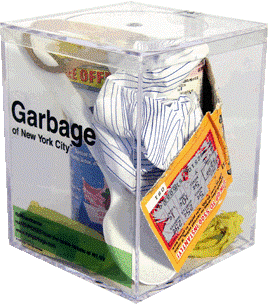Read the last four key points on consolidation!
7) MONITORING THE PROCESS
So, you have convinced them to fill in your form. But if you want to be sure that the process has been worked through, you need to control that information is consistent. And no, you don’t have to do it manually.Try instead benefitting from your new CPM, drafting a flow chart of data entry activities that contributors have to validate to consider their job done. Naturally, you can’t only trust your colleagues. A little help could come from your software, introducing a system of cross-control checks on the numbers. The only risk now is that someone can fill in your forms just to satisfy your automatic checks. Training and motivation, as I told you before, are your best allies in this battle.
8) ONE SOURCE. ONE DATA. ONE TIME.
“But I have already given this detail to your colleague!” This is one of the most common replies I have heard in my career. The fact is that many people in your financial department are interested in the same numbers for various purposes: consolidated balance sheet, Corporate Social Responsibility report, Enterprise Risk Management processes. Maybe those people work for the same director. Maybe not. And that’s the most recurrent case. The need for an integrated all-purpose CPM solution resides in the fact that there are common areas of information in which many departments are interested in. The request of the same information by different actors may sound strange and unmotivated. And as you already know, motivation is the first request to obtain a consistent set of data. The effort which could be made on those areas can take two different forms. The better one is operating on the same database with a common platform which could retrieve ad work on the same data for any specific purpose. The other one is building interface between systems. Even if the second method could seem more attainable, the risk is that the set of data that is built for a particular purpose, needs to be revised and enriched in order to satisfy your needs. And once again you would have to ask the same thing to your contributor again.
9) NO MANUAL INTERVENTION
Information is power. Transferring data on automated archives means sharing information, thus empowering your organization. But that also means loss of power.
Legends tell us that mankind invented desk drawers to hide pieces of information that would be inserted manually on report on request. I know you like respecting your own old customs and traditions. But if you really want to succeed with your data flow, please feed the system, not your drawer. And finally…
10) ALL FIELDS ARE MANDATORY
“But do I have to fill in all those fields?” If you have designed your reporting package following the last mentioned rules, your answer can be nothing but “YES”.
What are your experiences in the field?
(view this post also on CCH Tagetik blog)


